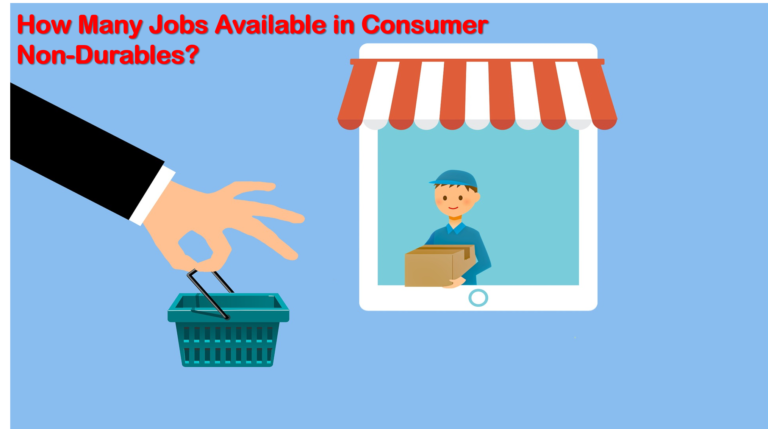Choosing the best ERP for your business can be tough. These days, there are so many software solutions available that it can be hard to know where to even start looking, let alone whether you’re choosing the best one for your needs and budget. If you’ve never heard of enterprise resource planning (ERP) software before or you have only a vague idea of what it is and how it works, take a look at this guide on how to choose the best ERP system for your business.
Step 1 – Understand the Business need for ERP
You wouldn’t build a house without knowing what you wanted or needed. You would first sit down with your family, draw up some floor plans, examine blueprints, and only then construct a home. However, many companies begin their implementation process without examining key criteria such as business needs, budgeting constraints, current technology infrastructure, and more.
Sure, having a plan helps streamline software selection but you can’t expect someone to walk in off the street with no knowledge of your business—your goals and challenges—and help design an effective software solution that fits all of your unique needs. It is important to understand how different modules work together in an overall enterprise resource planning (ERP) system.
Step 2 – Find an appropriate solution for selecting application
There are several solutions in the ERP market that a company can select as software applications. The main reasons behind companies selecting particular solutions will be based on the specific business needs of different organizations. The solution selected by different types of organizations depends on their industry size, operation, requirement, budget, etc. For example, small-scale companies having fewer employees would like to buy an affordable solution with the required features so that they can implement it without investing heavily.
Whereas large companies usually have a very robust infrastructure with an established process of implementation which is costly but it provides a smooth implementation process and maximum ROI which is only possible when we have qualified professionals who have a deep understanding of industry structure who can save time during implementation and cost valuable time in saving big sum in short span time.
Step 3 – erp selection criteria checklist
The most important part in selecting ERP software is going through an ERP selection criteria checklist. If you don’t know where to start, check out our ERP Selection Criteria Checklist section on our website. The information here will help you define your business needs before comparing any business software products and/or services available in today’s market.
Each of these companies will be presenting their company’s unique solution, so you will want to make sure that their offering can address all of your requirements. Having a solid business software product in place helps ensure company functionality; it also helps reduce costs associated with purchasing hardware, paying IT professionals, and keeping up with technological advances over time. So once again – define your business needs!
Step 4 – Make your choice
When it comes time to actually select an ERP solution, there are three main factors to consider:
- software functionality and features
- vendor or company reputation
- and ease of use
It’s important that you thoroughly examine each of these elements when choosing an integrated software package. These three are critical in determining which system is best for your business needs. You can get a good idea of what others have said about a particular product by reading reviews on third-party websites such as G2 Crowd or Capterra. You can also ask your peers about their experiences with specific systems—many businesses will be happy to share their thoughts and opinions about any given solution.
Step 5 – Understand potential software functionality and features
While selecting ERP software, Understand potential software functionality and features you would like to implement within your business. Select one or two that are key components of an effective back-office software solution. Prioritize a list of required features, keeping in mind ROI (return on investment). For example, you may need more than basic accounting, but don’t necessarily require sophisticated inventory management. Ask vendors if they support additional features that would enhance your use of their system.
Step 6 – Understand ROI
Understand ROI—Return on Investment—when selecting ERP software. How much will it cost and how much money will it bring in? Understand Software Functionalities & Features, including what comes packaged with your license. The key here is selecting something that fits best with your company’s needs—including those of your customers. Also, be sure to check out Vendor or Company Reputation when making your final decision.
Step 7 – Run demos and pilot projects
Before investing in a new ERP solution, you should pilot it on specific projects in your company or try a demo version. This will give you a chance to explore its functionality, assess its performance, compare it with other solutions and fine-tune your business processes. If possible, talk to other companies that are already using that particular ERP software so that you can learn from their experiences
Step 8 – Manage Implementation Risk
The implementation risk before selecting ERP software is a critical element when deciding on a vendor. The implementation phase can be divided into three main categories: planning, delivery, and change management. Careful planning during these phases will help ensure a smooth transition throughout your project. If you or your company don’t have experience with ERP implementations, it may be best to select a vendor that offers industry-specific support.
Step 9 – Understand integration with other systems
When selecting ERP software, it’s also important to understand how well it integrates with your other systems, such as your CRM. A great CRM will integrate with many different systems in order to give you a complete picture of your customers. While you want an ERP that can integrate well with your existing systems, if it doesn’t play well with others, you won’t be able to achieve any real synergy.








